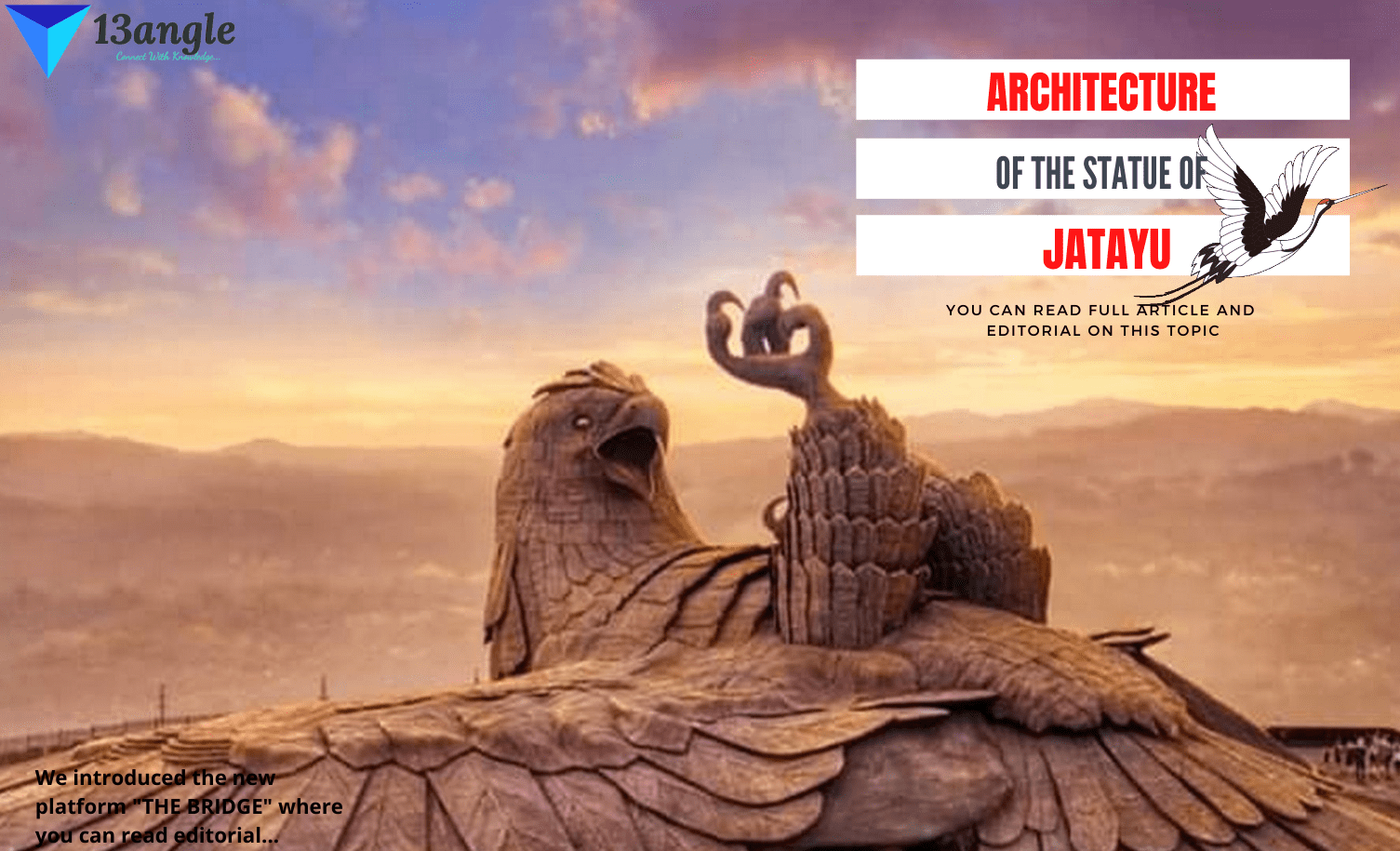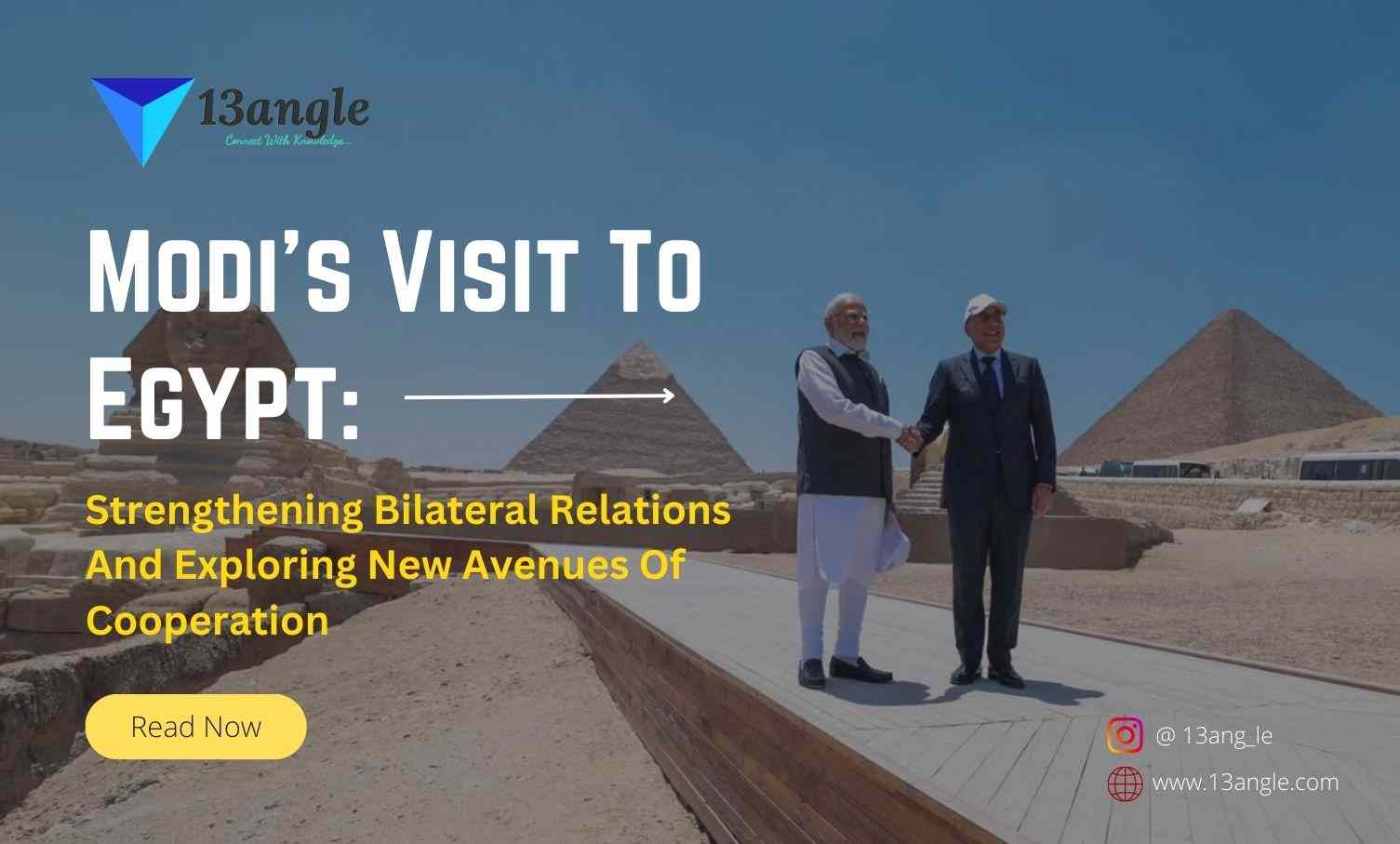
During the deadly air battles of world war II, being one of Japan’s infamous Kamikaze pilots wasn’t exactly a walk in the park. Compelled and conditioned to make the ultimate sacrifice in the service of Emperor Hirohito, young plots embarked on deadly suicide missions throughout world war II.
Japan’s Kamikaze forces are infamous for the damage and destruction they caused to American fleets during the war. But there is a very sad and human story behind their actions. Known as the “Tokkatai” in Japan, Kamikaze forces were led by vice Admiral Takijiro Onishi, who believed the only way to assure any kind of victory for the Japanese was to use their planes and bombs to organize suicide attacks against the enemy. Thus, the idea of special attack forces was born. They took the name from the legendary divine wind that protected Japan from Kublai Khan’s invading Mongol Army. The idea was that the force would consist of volunteers. But building a force of Kamikaze pilots wasn’t as simple as that. Some pilots enthusiastically volunteered, but that wasn’t the norm. Potential pilots received a notice containing three options-
- Volunteer with a strong desire
- Simply volunteer
- Decline
The papers also contained something else- The name of the pilot. This made it much more difficult to decline the offer. The pressure to volunteer was intense. Sometimes the army asked for a room full of potential pilots who didn’t want to volunteer. In these situations, peer pressure and the norms of Japanese society made it more difficult to decline. Declining might make a soldier’s life miserable for the immediate future, and in some cases, saying ‘no’ didn’t work anyway.
One soldier, Emiko Ohnuki-Tierney, wrote about this experience in his book, Kamikaze Diaries, writing, “Kuroda Kenziro decided not to volunteer, only to be taken by surprise when he found his name on the list of volunteers for three mitigate Navy Tokkatai corps.” His superior head reported proudly that all the members of his corps had volunteered. That kind of thing happened often, and many of the pilots believed sacrificing themselves in battle would earn them a place at Japan’s Yasukuni Shrine, a resting place to honor Japan’s Dead. The Yasukuni shrine gets mentioned often in the writings of Kamikaze Pilots, and it’s presently home to 2,466,000 divinities soldiers who perished in various Japanese wars.
Soldiers from other countries are expected to fight for their country in times of war. But the Japanese soldiers had a different set of expectations. Before, 1945, the emperor was a living god. Under Japan’s Shinto religion. This unquestioning loyalty to the emperor meant they would fight and die for him above all else. The pilots were expected to accept and embrace their death as true patriots of Japan. Some of them did so with honor. A few even kept a samurai sword and a picture of the emperor in their cockpits while in flight. Kamikaze pilots demonstrated this sense of loyalty to Hirohito through attacks. Following world war II, Emperor Hirohito became a figurehead with no actual political power. But for a time before that, he was an influential figure in Japanese history.
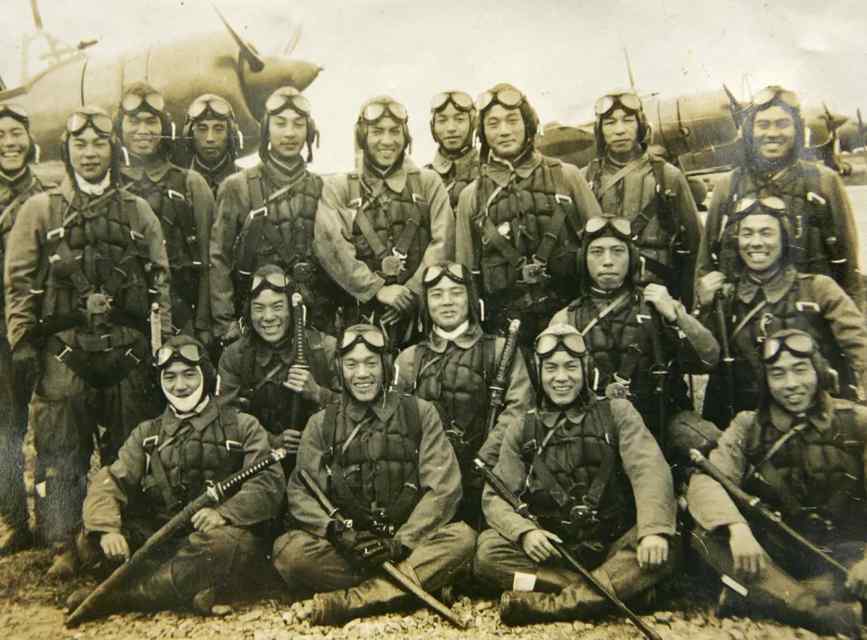
- Becoming a Japanese soldier during the second world war was a grump business. During the war, the Japanese military mandate was simple – death before surrender. When faced with capture, a Japanese pilot or soldier was trained to end their own lives rather than become a prisoner of war. But it wasn’t through cyanide capsules or seppuku. Japanese forces trained personnel to use a rifle to accomplish the deed. This wasn’t unique to kamikaze pilots. When facing inevitable defeat at the hands of the enemy, Japan’s soldiers engaged in banzai (Japanese battle cry) charges. Hence, things got ugly from there. If a soldier decided to flee instead, his comrades were required to shoot him from behind, ensuring there would be no capture or surrender.
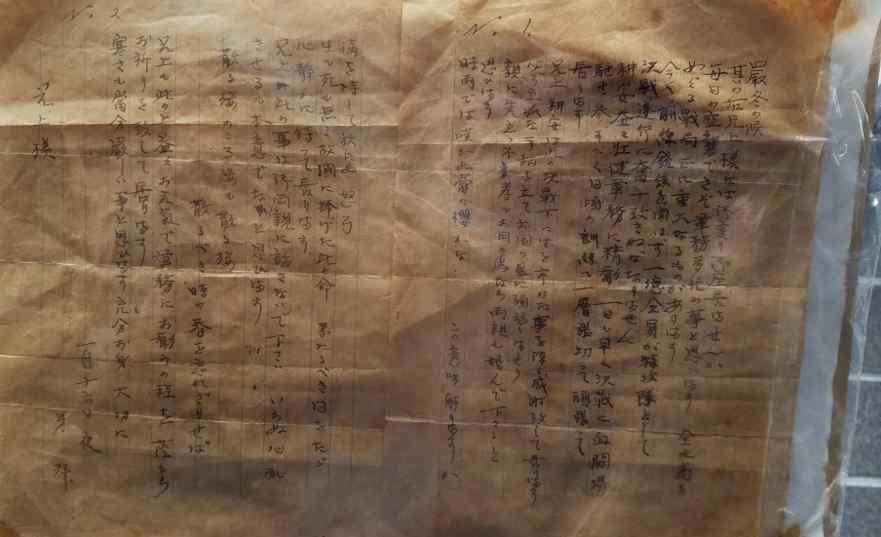
During wartime, soldiers from all sides wrote letters to home. In the case of Kamikaze pilots, however, the letter was an integral part of the mission. Before his mission, the Kamikaze pilot’s final act was to write a letter to his parents, wife or family. After his mission, the family members were supposed to read the heavily censored letters. These writings captured the final thoughts of a pilot before he made his attack. Many letters and poems survived to this day, but only a handful have been translated into English. One such letter was written by Ensign Kiyoshi Ogawa, the pilot of the second plane that took out the USS Bunker Hill, ultimately decommissioning the ship and wiping out over 300 crew members. The letter isn’t quite what you’d expect from someone embarking on such a mission. Ogawa expressed gratitude to his parents and the honor he feels for being a member of the special attack corps, writing,
“Beyond those boundless white clouds, I will make my attack with a calm feeling. Not even thoughts of life and death will come to my mind. A person dies once. It will be an honorable day to live for an eternal cause. Father and mother, please be glad for me.” The Ensign signed off with the wish of good health to his mother, telling both parents he’d be watching over them at the Yasukuni shrine, ending the letter with the phrase, “I will go smiling, both on the day of my sortie and forever.”
To this day it’s difficult to determine if these letters represent a pilot’s true feelings, or if soldiers wrote them in a way that demonstrated the pilot’s courage to their families. Other pilots wrote similar letters, but there was never a guarantee that the military would pass them along to the pilots’ families. Several books of these final writings were compiled, translated, and saved for posterity so that future generations can learn about the lives of these doomed men from a dark time in Japanese history.
Serving in the Japanese army could be cruel at times, especially since corporal punishment was baked into the framework of the armed forces. Beatings and violence were common among the ranks. Anything from a missing button to failure to snap the attention could ignite a superior officer’s wrath. A soldier might receive a beating for standing on a newspaper photo of the emperor. While many Japanese soldiers were drafted into military service with some level of patriotism in their hearts, the beatings and regular punishments left indelible scars on the soldiers that would last a lifetime. And if that weren’t bad enough, corporal punishment permeated the entire armed forces. Anyone above your rank might beat you for any reason. Their superiors would treat them the same way. And it went all the way up the ladder to Japan’s Prime minister, Hideki Tojo. One Kamikaze pilot named Irokawa Daikichi was drafted into military service but never conducted a kamikaze mission. When he later became a historian, he wrote a harrowing account of the brutality he suffered while enlisted. One terrible incident occurred after his superiors accused his company of eating with the local farmers to ease their hunger. He wrote “Each of us was called into the officer’s room. When my turn came, as soon as I entered the room, I was hit so hard that I could no longer see and fell to the floor. The minute I got up, I was hit again by a club so that I would confess. A friend of mine was thrown his head first to the floor, lost consciousness, and was sent to a hospital. He never returned. All this savagery was orchestrated by the age corp commander, named Tsutsui. During his training, he was no longer recognizable. One day in 1945, a fellow ensign hit him in the face repeatedly until his teeth badly cut the inside of his mouth. On another day his unit was forced to sit on a frozen concrete floor and beaten with clubs.”
When the special Attack Force first formed in 1944, no military academy-trained officers volunteered to join. So instead, the deadly Kamikaze missions were left entirely up to the new recruits and junior personnel to take on the unpleasant role. Japan’s kamikaze force consisted of approximately 4000 kamikaze pilots. At least 3000 of them were boy pilots that had recently been conscripted into the Japanese Army. Around a thousand of them were student soldiers whom the government decided to graduate early to make them eligible for the draft. These men were exponentially well-educated, spending most of their time at university reading and writing. As a result, most accounts of the reality of serving in the special attack force come from these student scholars. They probably didn’t think about the enemy much at all, especially since most of them never saw actual combat.
According to writer Yuki Tanaka, of the Hiroshima Peace Institute, their diaries and letters don’t often discuss their enemies. Instead, they offer a profoundly philosophical approach to describe their lives and experiences. There is no hatred of the enemy within their pages. Instead, they capture their struggle to understand their imminent deaths and come to terms with their fate. And in the end, they often pondered how to spend the remaining time in a meaningful way and to justify the suicidal act they were required to make on behalf of their country.
It may seem strange but taking off on a kamikaze mission wasn’t always a death sentence. Mechanical failure or engine problems required pilots to divert their flight and return to base. A lot of Japanese air crafts were old, outdated, and beginning to fail. As the war raged on, more pilots had to divert their missions due to these problems. Kamikaze pilot Takahito Ena survived a few planned missions as a direct result of this policy. He was supposed to be part of a crew of three flying a bomber during operation Kikusui, but luck was on Ena’s side. On his first mission, he couldn’t get his plane off ground. His second mission didn’t fare much better. Engine trouble forced an emergency landing. On the third time out, engine trouble forced a crash landing into the sea. Ena, his co-pilot, and the communications officer swam to nearby Hiroshima island, where they stayed for almost three months until a Japanese submarine picked them up. Ena was relieved he survived and felt optimistic about his future. After the war, the new US-written constitution’s Article 9 restricted Japan’s military to a defensive role. 70 years later, he reflected on his experience, telling the Guardian, “for 70 years, we have been protected by a peace-oriented constitution. I am very grateful that we haven’t gone to war at that time. The Japanese people should be happy about that.” His sentiment isn’t unique among surviving kamikaze pilots, but it’s strange to think that more kamikaze missions might have been successful. If it weren’t for their poorly maintained planes.
While many young Japanese men were drafted into serving, firstborn sons weren’t allowed to become kamikaze pilots. In 1944, firstborn sons got the opportunity to stay alive to carry on the family name. Everyone else was expected to sacrifice themselves for the service of the emperor. Second sons bore the brunt of the kamikaze service. Okinawa Native Paul Saneaki Nakamura volunteered for the special attack force training on a glider due to plane shortages. Nakamura was never called upon to conduct a mission of his own and he survived the war. But he was far too poor to return to his home in Okinawa right away. When he finally made it black, he discovered all the first sons who’d remained behind during the war met their demise in the battle of Okinawa. After his horrifying discovery, Nakamura became an Anglican priest and spread Christianity throughout the land.
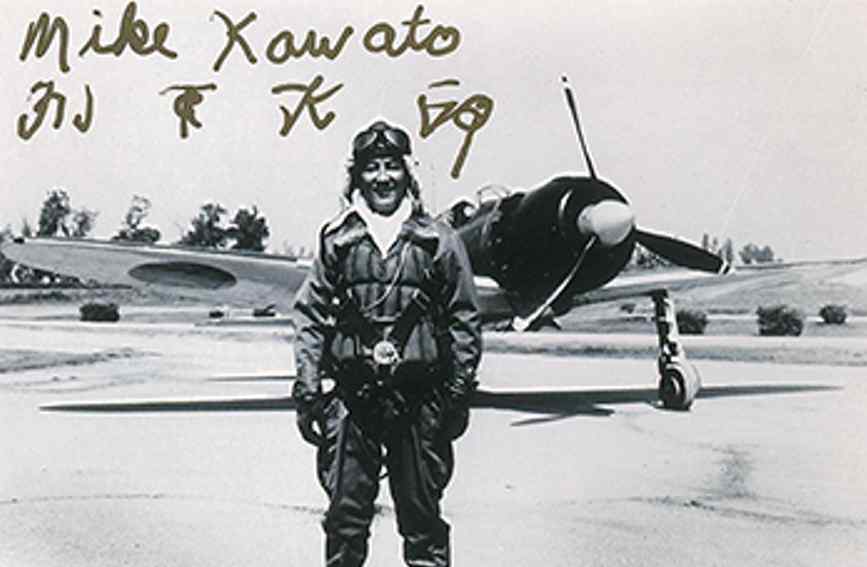
- There was one ritual all kamikaze pilots practised before their mission – a final ceremonial drink. Pilots drank a cup of Sake, or water before boarding their planes. In some ways, this is like the tradition of giving a man a blindfold and a cigarette before sending him to face the firing squad. A surviving pilot named Keiichi Kuwahara remembered the ceremonial drink and the mission he was supposed to fly afterwards. As he flew out to sea, he looked back at his homeland with tears in his eyes. On his way to Okinawa to destroy an American warship, his plane experienced engine trouble and forced a crash landing. He later said, “I struggled to convince myself I had to die. I thought my death would be pointless. Even If Japan won the war, my family would die in the gutter, because I would not be there to support them. It tormented me. I felt like I was losing my mind. We were told that we should offer our lives rather than accept defeat. There was no choice. We had to follow orders when push came to shove. But we didn’t wish for death.” His second mission was also avoided due to engine failure. Kuwahara’s gratitude for being alive far outweighed any dishonour or fear of poor treatment from other pilots. His guilt however stayed with him for a long time and he continued to lay flowers every year for the kamikaze pilots who died during active service.
Some Rare Interviews With Kamikaze Pilots Who Survived
1. Ex- IJN Chief petty officer – 205th Kokutai – Zeinchi Suzumura
Admiral Onishi came to visit us. And coincidentally, an air raid of carrier planes came shooting rounds near us. So, we surrounded admiral Onishi to protect him. “Sir it’s dangerous, please enter the shelter!” We called it a shelter, but it was more like a foxhole. But then the admiral said, “Your bodies are more important than mine, so go in first.” He had us go into the small air shelter firsts, then looked above and quietly observed the attacks of the enemy carrier planes. “Wow, this person is an outstanding man of courage we thought.” Additionally, “Your lives are more important for this war than mine.” He said this to us and stood in the line of fire, undaunted. Thus, we were more than happy, to give our lives for this officer. That’s how we felt.
2. Ex-IJA Major – 20th Air combat group leader – Hideo Muraoka.
In the Imperial Japanese Army almost, every pilot vehemently opposed kamikaze operations. We opposed it to the end, but ultimately, top brass decided, “well we have to do it.” In the end, we were forced by orders to do kamikaze. So now, if you didn’t ram them, you couldn’t come back. They made it so now you had to die then and there. But there was one good man, Colonel Sasaki. He was my subordinate. Part of the Banda-Tai Kamikaze squadron. This man absolutely reused to kamikaze. He flew 3 missions, bombed the classic way 3 times, and came back. So, before every mission, the chief of staff would swarm him. “Hey Sasaki, this time you better ram the enemy and die in battle!” They all surround him and say that. So, I thought, “How stupid” He’s getting good results! They should just shut up! I remember thinking. There were quite a lot of horrible things that happened related to kamikaze operations. However, almost all those young kamikaze pilots did a good job. Ultimately all of them went in. Almost none acted in cowardice.
3. Ex – Japanese Army corporal – 8th Air Division – Akihito Lijima.
The young cadet pilots were eager to face death. So, “don’t die”. We were told. And, this may sound discriminatory but, “an infantryman isn’t worth their own draft paper. Don’t you dare forget that”. That’s what we were told.
4. Ex IJA Corporal – 139th squadron – Akira Masuyama
There were hundred’ s if ships in front of you. When you went in, it was a hail of bullets. You never were unscathed. It’s a matter of being hit in a vital area or not. Going in normally was impossible. Only those who went in would know how it felt. We were military men, volunteering at 15, no less. We weren’t asked or forced to. Some didn’t even tell their parents. We were filed by a sense of justice. The military was our carrier. We didn’t enlist after the war started. We weren’t reserves who’d be dismissed when it ended. This was going to be our livelihood. Back then, there wasn’t an assumption we’d in kamikaze. We simply joined with a dream of flying the skies. I’m often asked about our views regarding life and death. “What did you feel about going on the kamikaze mission?” Frankly, don’t have anything to say. It was simply my duty as a soldier. I felt, we simply had a sense of responsibility. So, I didn’t really say much about it. But given this opportunity with all my old comrades assembled here. I felt I had a duty to them. And when you watch movies about it, at the very end they always talk about peace. Of course, that’s important, but like I said before “I felt sorry for them.” Those poor guys. They say even amongst siblings, I felt sorry for him. So, I often gather young ones and tell them, “Do not pity us or call us gods.” That’s heresy to those who died. At the time we volunteered to do it, it was our duty as soldiers, that is to serve the Nation, dying for our parents and siblings. I believe that’s the same in every country.
Kamikaze Drones: Modern Warfare
- Kamikaze drones also known as loitering munition or suicide drone is a weapons of the aerial weapon system category. Suicide drones may be as simple as unmanned aerial vehicles (UAVs) with attached explosives. In the current Russia – Ukraine conflict scenario, heavy use of these drones can be seen.
Top 13 Interesting Facts About Kamikaze Pilots
1. The battle of Okinawa was an enormous 82-day campaign involving more than 287,000 US and 13000 Japanese troops.
2. The battle of Okinawa was considered as the bloodiest battle of the pacific Theatre, and more than 90,000 men died from both sides, along with 100,000 civilian casualties.
3. Kamikaze means “Divine Wind”. And the name “Kamikaze” was derived from a poem.
4. Kamikazes sank 34 ships and damaged hundreds of others during the entire war.
5. When the young pass outs from the university were recruited as pilots, the Showa emperor visited their unit on a white horse, to let pilots know that he is personally requesting their service.
6. Not all kamikaze pilots were willing to join the special attack force.
7. Kamikaze pilots were given a manual. The manual explained a Kamikaze pilot’s mission – Transcend life and death.
8. Most kamikaze attacks missed their targets.
9. Suicidal kamikaze charges existed before kamikaze attacks.
10. Young kamikaze pilots only had 40 hrs. Of training.
11. The pilots had to choose among three options given to them.
- Volunteer with a strong desire
- Simply volunteer
- Decline
12. Japanese soldiers were taught how to kill themselves rather than be captured.
13. Upon completing their mission, pilots must be sent to their parents if they wrote a letter.


